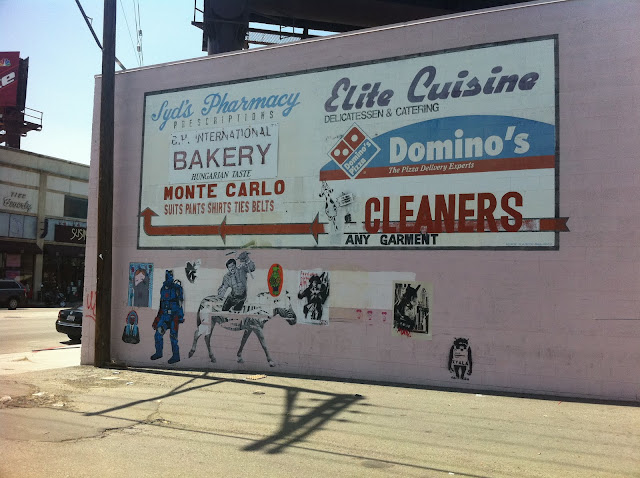 |
| James A. Bond |
by James A. Bond,
ARCA Class 2011
THE GROWTH OF CAPITAL
The quantity of each type of capital varies over time due to factors specific to each type of capital. M2 varies with the growth of each country’s economy, the phase of the business cycle, productivity, government spending, level of taxation and debt, entrepreneurial success, and the amount of money laundered within each country. A unique feature of M2 is that governments can cause M2 to increase, as the U.S. and many other nations have recently done to stimulate their economies through funding various programs or, cause M2 to contract, when they fear inflation by raising interest rates, thus pulling money back out of the economy. The amount of M2 can also be increased by the introduction of illegal capital laundered through various schemes.
Art capital however, is always increasing as new art enters the market and it moves with greater freedom and less restrictions than that placed on M2. How capital, in the form of M2 or art, is transferred, the reasons driving the transfer, and the type of capital class chosen to launder or transfer capital is an area of inquiry that will be examined in this paper.
CAPITAL MIGRATION
The movement of capital within any nation can be dichotomized as either legal or illegal. Traditionally the illegal movement is referred to as money laundering which has a specific legal meaning defined under U.S. Code. The President’s Commission on Organized Crime described money laundering as:
The process by which one conceals the existence, illegal source, or illegal application of income and then disguises that income to make it appear legitimate.
INTERPOL’s working definition is similar:
Any act or attempted act to conceal or disguise the identity of illegally obtained proceeds so that they appear to have originated from legitimate sources.
The use of high value art and collectibles to launder capital has its own set of rules that are less stringent and vary greatly. This should be attractive, especially for criminals trying to launder drug money which has a risk based associated cost of 7 to 10 percent or higher. The value of M2 is its face or exchange value and has no personal value while art has an exchange value and may have a personal value thus giving it a potential for an easier reintegration when the exchange from art capital to M2 occurs.
It is impossible to tell exactly when high value art and collectibles first began to be used to launder capital in the US. One early and interesting cases was in 1982 when the Drug Enforcement Agency (DEA) arrested a man for a drug related charge and confiscated his assets (considered to be the proceeds of the drug sales). Included in the assets were 273 Tiffany glass works and art nouveau objects. The man had been using the lamps and nouveau artwork to pay for his drug purchases. The DEA sold the lamps and artwork through Sotheby’s in New York netting over $1 million.
When thinking about the utility of high value art and collectibles to transfer capital it is helpful to distinguish between fungible and non-fungible items, which helps explain the difference between art capital and M2. A fungible item is not unique but may represent wealth, a concept recognized under Roman law. M2, money, is a ‘thing’, not unique, but does represent a type of wealth. Art however is unique but it too represents wealth, but a wealth with a different value. Both fungible and non-fungible items can have different types of value: use value and exchange value.
M2 has a high use and exchange value because of the many ways it can readily fulfill human needs and desires while art can have both an exchange value—the value for which it can be exchanged—and a personal value but little use value. This personal value can create wealth greater than the recognized exchange value. This subjective connection with personal property, which can translate into a higher exchange value than the use value of M2, is an overlooked aspect of utilizing art and high-end collectibles to transfer capital, especially if the art is one of a kind. When the Japanese began their tsunami of acquisitions in the late 1980s they often overpaid because they attached a type of personal value at a national level as a signal that Japan had returned from the ashes of WWII.
Europe with its centuries of artistic productivity, economic turmoil, and conflict, has been the source of many stories of how people in transition have utilized high value art to transfer capital. Jews began fleeing Antwerp and Amsterdam in the early 1930s and setting up exchanges in Tel Aviv (1930) and New York (1931). Diamonds were smuggled out by hiding them in the hems of clothing and as fillings in teeth.
 art galleries,Canada,fraud,investigation,Montreal police,Quebec,Sûreté du Québec
art galleries,Canada,fraud,investigation,Montreal police,Quebec,Sûreté du Québec
 No comments
No comments
 art galleries,Canada,fraud,investigation,Montreal police,Quebec,Sûreté du Québec
art galleries,Canada,fraud,investigation,Montreal police,Quebec,Sûreté du Québec
 No comments
No comments













